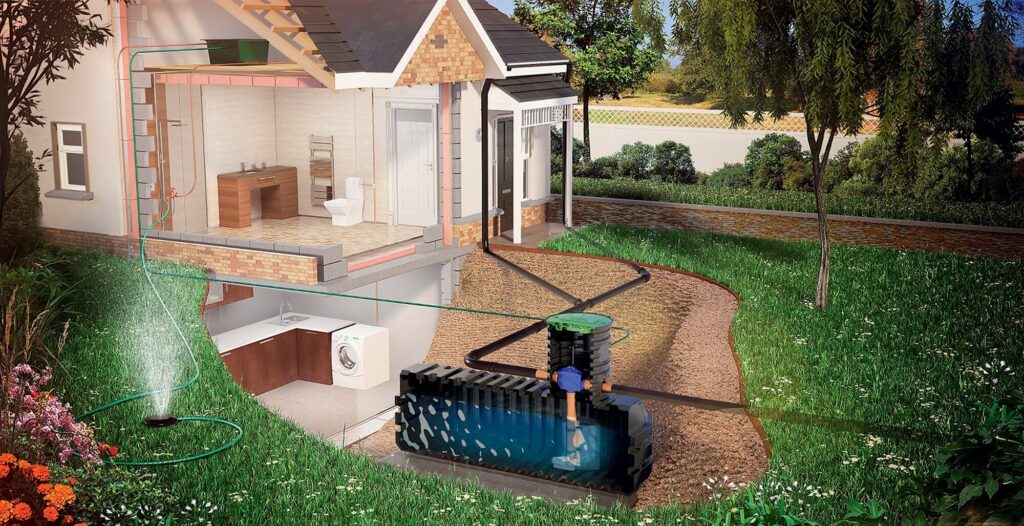
Introduction
Rainwater harvesting has gained popularity as an effective method to conserve water, especially in regions facing water scarcity. Installing water storage tanks for this purpose can help maximize the benefits of rainwater collection. This article outlines the essential steps for installing and maintaining water storage tanks, ensuring an efficient and sustainable rainwater harvesting system.
Step 1: Planning and Choosing the Right Tank
Before installation, careful planning is crucial. Consider factors such as the size of the tank, material, and location. Common materials for rainwater storage tanks include plastic, fiberglass, concrete, and metal, each with its pros and cons.
Capacity: The tank’s capacity should match your household’s needs and the average rainfall in your area. A general guideline is to have a tank that can hold enough water to last at least a month.
Material: Plastic tanks are lightweight and resistant to corrosion but may degrade under UV exposure. Concrete tanks are durable but can be expensive and heavy. Choose a material that suits your needs and budget.
Location: Place the tank near the collection point, such as a downspout from your roof. Ensure it is on a stable, level surface to prevent tipping or cracking.
Step 2: Installation Process
Once you have selected the tank, follow these steps for installation:
Site Preparation: Clear the area where the tank will be placed. Level the ground and create a solid base using gravel or concrete to ensure stability and proper drainage.
Setting Up the Collection System: Install gutters and downspouts on your roof to channel rainwater into the tank. Make sure the gutters are clean and free of debris to facilitate efficient water flow.
Connecting the Tank: Position the tank so that the downspout leads directly into the tank’s inlet. Use a filter or screen at the inlet to prevent leaves and debris from entering the tank.
Overflow and Drainage: Install an overflow pipe near the top of the tank to redirect excess water. This helps prevent overflow during heavy rain. A drainage outlet at the bottom of the tank allows for easy maintenance and cleaning.
Securing the Tank: If the tank is above ground, secure it to prevent tipping. This can be done using brackets or straps, particularly if you live in an area prone to strong winds.
Step 3: Maintenance of the Water Storage Tank
Regular maintenance is key to ensuring the longevity and efficiency of your rainwater harvesting system. Here are essential maintenance tips:
Regular Inspections: Periodically check the tank for signs of wear, leaks, or cracks. Inspect the inlet filters and screens for clogs and clean them as needed to maintain proper water flow.
Cleaning: At least once a year, clean the tank to remove sediment and debris. This can be done by draining the tank and using a scrub brush or pressure washer. Ensure the tank is empty before cleaning to prevent contamination.
Monitor Water Quality: Test the water regularly for contaminants, especially if you plan to use it for drinking or irrigation. Install a water quality testing kit to check for pH levels, bacteria, and other potential pollutants.
Seasonal Preparations: Before the rainy season, ensure that the entire system is clean and functional. Check all connections and the filter to avoid blockages. In colder climates, consider insulating the tank to prevent freezing.
Record Keeping: Maintain a log of maintenance activities, including cleaning schedules and inspections. This helps in tracking the system’s performance and identifying any recurring issues.
Conclusion
Installing and maintaining water storage tanks for rainwater harvesting can significantly contribute to water conservation efforts while providing a reliable water source. By carefully planning the installation process and adhering to regular maintenance practices, you can ensure that your rainwater harvesting system remains efficient and functional for years to come. This sustainable approach not only helps reduce dependency on municipal water supplies but also promotes environmental stewardship in your community.


